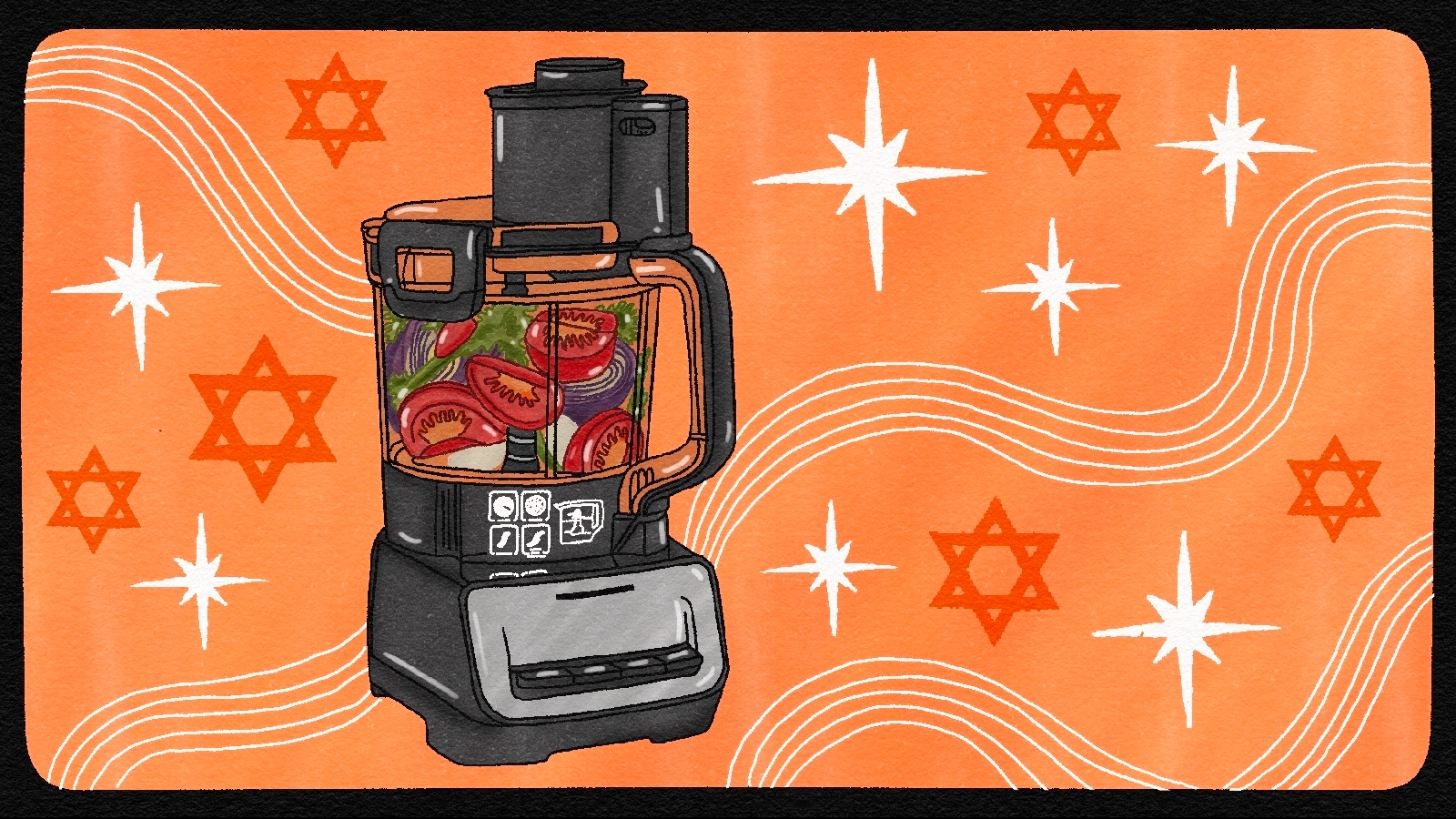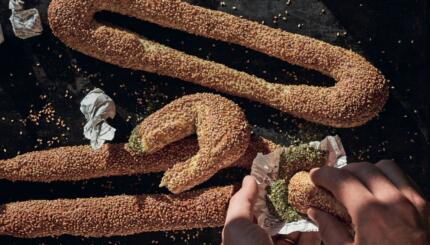“If you were a kitchen appliance, what would you be and why?” my manager asked. It was mid-Monday morning, usually one of the slowest times at the cafe where we worked, and Bob loved to probe the depths of our souls during slow moments.
“Cuisinart,” I immediately answered. It’s like this question was designed for me; in my home growing up, Cuisinart was to food processors what Q-tips were to cotton swabs. I am not being paid for this. (But @cuisinart, hit me up if you want to work something out.)
“Because a Cuisinart can do a lot of things, but isn’t necessarily the most effective at any of those things? Everything a Cuisinart can do, another kitchen appliance can do, often better, and I, too, have a wide range of skills, but am not necessarily good at any of the things I do. But you keep a Cuisinart around for nostalgia’s sake, because it’s what you grew up with. A Cuisinart has an old soul.” By this time, Bob was cracking up (by Bob standards), which means I was right: I was bad at my job.
When I moved to DC from San Francisco the year before, I had lugged my mom’s old and slightly broken Cuisinart with me, considering it an absolute necessity. And it was. Living in DC was my first experience living outside of California and, therefore, away from my Jewish community. I was suddenly the only Jew some people knew, which was one-part alienating and one-part affirming. My mom is Christian, so my parents decided to raise us “culturally Jewish but religiously Christian,” which had the perhaps predictable result of making me and my bio-siblings reject Christianity and feel more comfortable in Judaism, but also feel insecure about gaps in our knowledge. I was the first to start seeking out that knowledge at age 8, but still often felt like I wasn’t Jewish enough.
The Nosher celebrates the traditions and recipes that have brought Jews together for centuries. Donate today to keep The Nosher's stories and recipes accessible to all.
Until, suddenly, I was the only Jewish person around. I no longer felt like I had to prove anything, because I was the closest thing to an expert my friends knew. My experience of Judaism and Jewishness was treated as credible, and I got to treat my interfaith upbringing as a valid version of growing up Jewish. At the time, I still bought into distinctions such as “Good Jew” or “Bad Jew,” (and, of course, considered myself a Bad Jew) but now I was doing more explicitly Jewish things than most people around me, instead of often feeling inferior for not doing or knowing more. And, very importantly, I got to be the host for all Jewish holidays, inviting my three Jewish friends (well, two friends and a cousin) to help with the “cultural exchange”.
It turns out that many of the holiday dishes I loved were made with a Cuisinart. The food processor isn’t often mentioned in most of the recipes I encounter nowadays, but it is indispensable for so many of the family foods that I learned to make by doing. Shredding apples for haroset or potatoes (and parsnips — trust me on that one) for latkes, making falafel and hummus. Though I poked fun at myself and my beloved Cuisinart while talking to my manager that day, I truly love how versatile, practical, and indispensable a Cuisinart food processor is. Some appliances can replicate some of the jobs it can do, but I could never cook without it. Judaism and Jewish identity is passed down through family and community, and, for me, that is tangible in the Cuisinart recipes I’ve inherited. My Jewish grandma taught her haroset recipe to her gentile daughter-in-law, ensuring that it would become part of my culinary repertoire in the next generation. Cuisinart connects me to my family history, making the culture concrete and accessible.
Making Jewish recipes for my gentile friends while celebrating Jewish holidays gave me the opportunity to take ownership over my Jewish identity and gave me a lasting confidence in who I am, even almost a decade later. I am no longer the only Jew in most situations, but the security in my identity has endured and grown. No longer feeling insecure about my Jewish identity allowed me to seek out Jewish spaces and learning, deepening my ties to and love for our community and heritage. Being Jewish is more than the concrete markers of specific foods or household objects, but also, every Jew should have a Cuisinart. Because food processors have old souls — just like us.
Please enjoy my grandmother’s haroset recipe by using, none other then, a Cuisinart food processor to make it.
Ingredients
- Walnuts (Enough to be spread out in one layer on a toaster oven tray).
- A bag of apples that’s heavy, but not too heavy to carry. Maybe 10 apples.
- Lemon juice from 1-2 lemons.
- 1-2 Tbsp of honey, depending on how sweet your apples are.
- Sweet red wine (My mom does a couple of glugs, I usually do more).
- Several dashes of cinnamon
Directions
- Toast the walnuts for about three minutes, until you smell them or they’re brown. Check often to make sure they don’t burn. Chop them once they’ve cooled a little.
- Set up your food processor with the grater attachment and shred all your apples. You’ll probably have to empty out the container into a bowl once or twice as it gets full of shredded apples.
- Squeeze lemon juice over the apples in the bowl as soon as they are shredded to keep them from turning brown. Add the rest of the ingredients and stir.
- Taste and adjust. (You could probably add more cinnamon).



